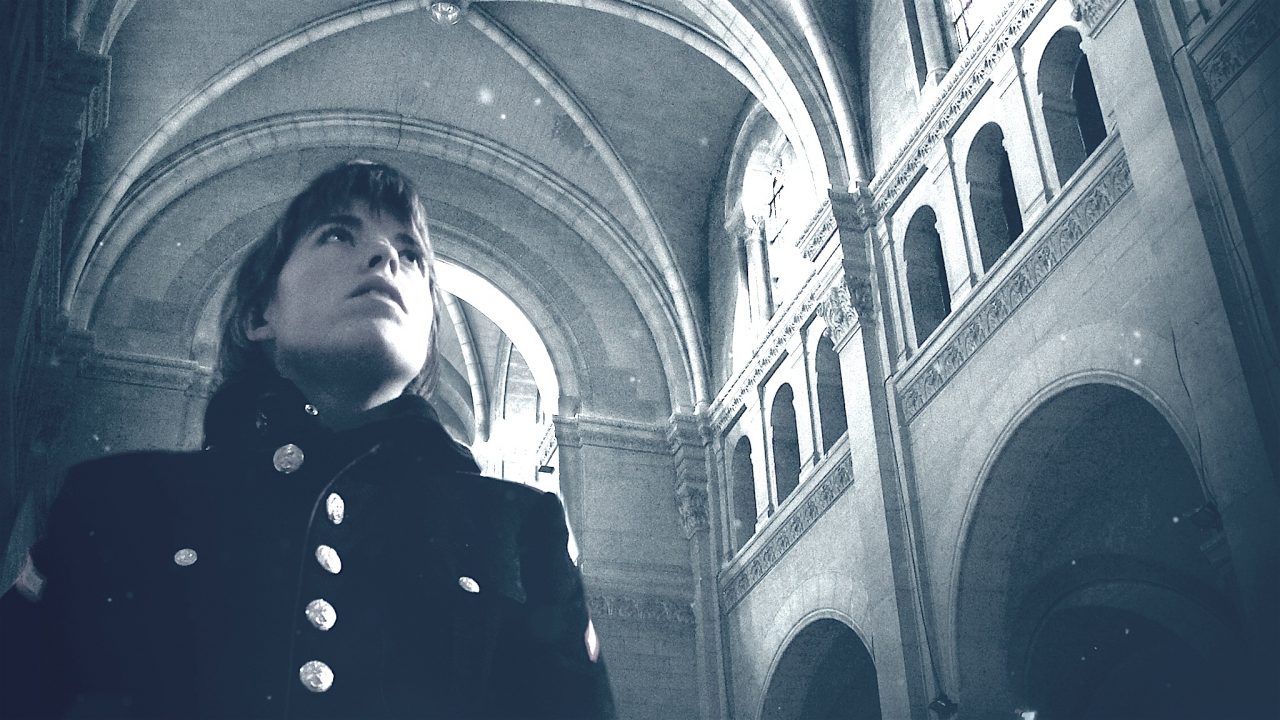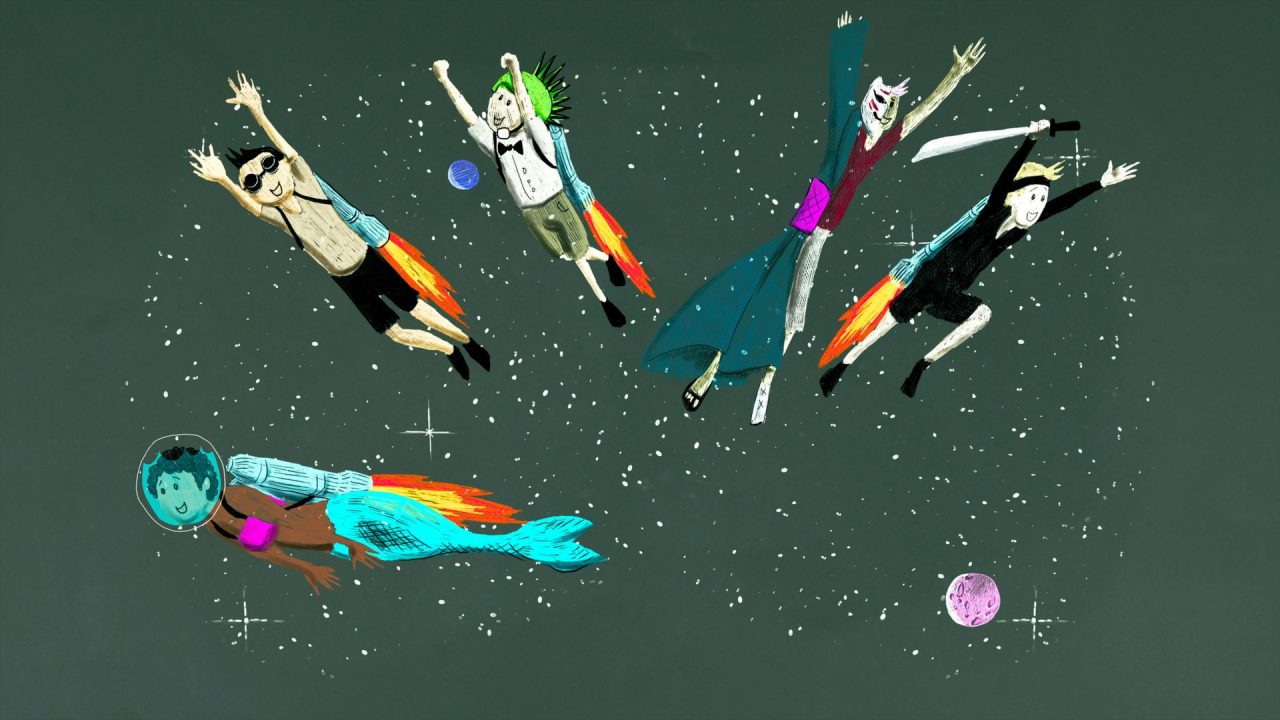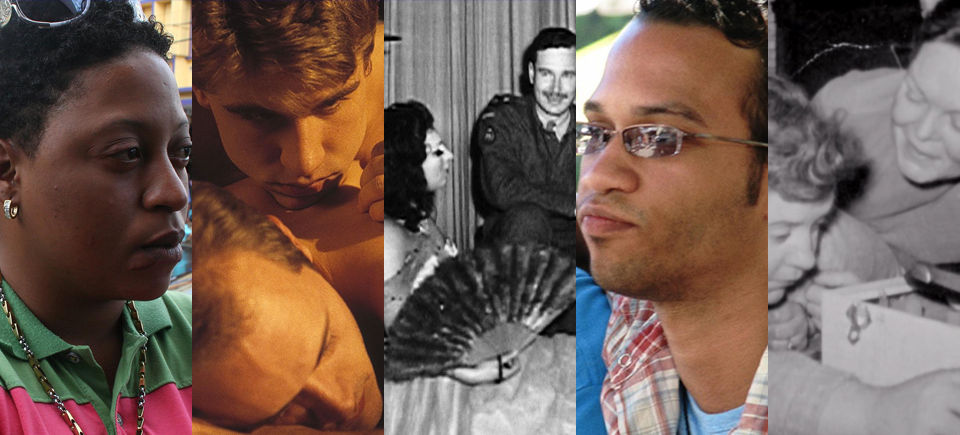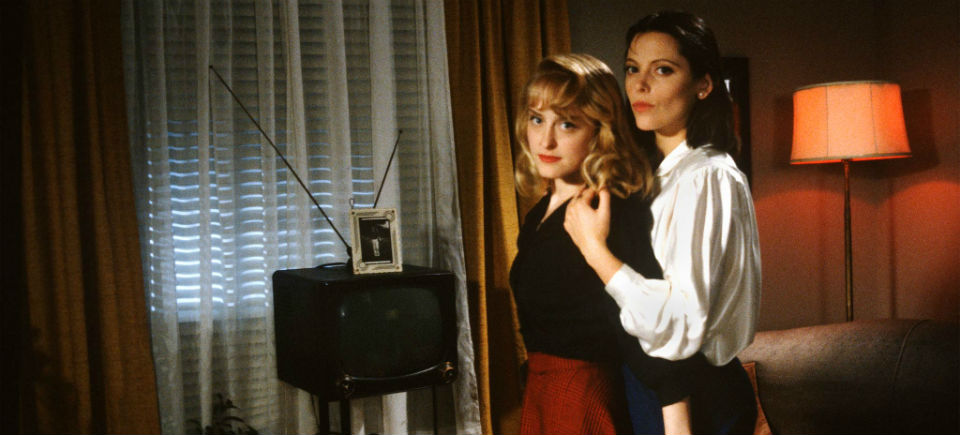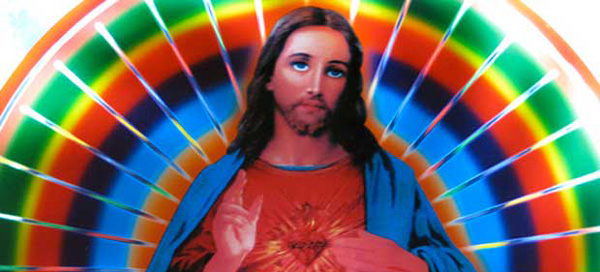
Cure for Love: When Sex and Scriptures Clash
Cure for Love: When Sex and Scriptures Clash
Leading up to May 17th, which marks International Day Against Homophobia and Transphobia, we are highlighting works that give voice to the LGBTQ experience on NFB.ca. Learn more about one of our selected films, the unsettling Cure for Love, in this popular post from 2012.
*
While many films end with weddings, our feature documentary Cure for Love (2008) opens with one.
In appearance, this wedding is like any other. There’s the church, the blushing bride in a white gown, the beaming groom, the assorted friends and relatives.
The reality, however, is a little different. As we soon learn, the groom and bride, Brian and Anna, are both devout evangelical Christians. They are also both gay.
Seated in the pews are more people who share their predicament. Born into strict evangelical families, their lives were upended when, often at a young age, they realized they loved both Jesus Christ and people who were the same gender as them. A true impasse for youngsters raised in total fear of sin and Hell.
“Wow, that’s what I am,” Brian recalls thinking, after reading a definition of homosexuality in a dictionary when he was in 8th grade. “Oh crap. That’s me. Oh crap.”
His friend Darren, who described his childhood as dotted with “repeated Born Again altar experiences,” flat-out rejected the reality of homosexuality for 7 years, based on the fact it was incompatible with his faith. “I’m not gay!” he remembers thinking. “I can’t be gay because I am a Christian, and it doesn’t even work that way – it can’t. So I’m not gay. […] I’m not gay. I’m not gay.”
Focusing on Brian, Anna, Darren and Joel, another friend of theirs, Cure for Love explores the many ways these evangelical Christians manage the clash between their sexual orientation and their religious beliefs.
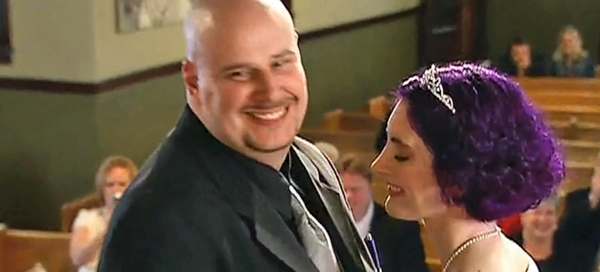
Many, the film informs us, find hope and direction in the (so-called) Ex-Gay movement.
Spearheaded by Exodus International, a mega-organisation that promotes “freedom from homosexuality worldwide”, the Ex-Gay movement views homosexuality not as fatality (something you were born with), but as choice (something you’re encouraged to do something about).
The Ex-Gay movement is full of semantic workarounds. In its parlance, homosexuality is euphemised as SSAD, or Same Sex Attraction Disorder. Within that framework, no one is gay; everyone struggles with “unwanted” SSAs, or Same Sex Attractions.
With the help of dedicated prayer, behaviour modification, and even reparative therapy (also known as conversion therapy), the Ex-Gay movement offers SSAD sufferers the comfort of living in full accordance with the evangelical gospel.
Yet, the solace offered by such ministries is often short-lived. The internal conflict, spawned by the necessity of forever combatting one’s leanings (combined with possible “relapses”) can be depressing and alienating, even leading to suicidal thoughts.

“To be evangelical to me was to end my life,” Joel says, recounting the dark self-cutting days during which he flirted with suicide. “To hold these beliefs meant I would have to destroy myself, because I was filthy in the eyes of God.”
As the film progresses, protagonists reach different conclusions about the Ex-Gay movement and lifestyle.
Mid-film, Brian and Anna are still together. While Anna’s states marriage is “like having a perma-roommate”, Brian openly admits being “totally still attracted to guys.”
“Everyone who knows me knows that. My wife knows that. My church knows that,” he says.
Others, like Darren and Joel, have left the fold and embraced a new beginning in the Ex-Ex-Gay movement, a network of groups that seek to help and heal “Ex-Gay survivors”, people who came out of Ex-Gay ministries bruised and confused and who have returned to identifying as gay or lesbian.
Cure for Love is a profoundly human film that provides no easy answers. Filled with candid interviews, it powerfully demonstrates how the pursuit of heaven can sometimes render life on Earth a living Hell.
Cure for Love, Francine Pelletier & Christina Willings, provided by the National Film Board of Canada
Endnotes:
- Canada’s largest Protestant denomination, the United Church of Canada, affirmed in 2000 that: “human sexual orientations, whether heterosexual or homosexual, are a gift from God and part of the marvellous diversity of creation.”
- 56% of American Catholics believe that sexual relationships between 2 people of the same sex are not sinful, according to a 2011 telephone survey conducted by the Public Religion Research Institute.
- In May 2012, the Pan American Health Organization stated that services that purport to “cure” people with non-heterosexual orientation lack medical justification and represent a serious threat to the health and well-being of affected people, noting that the professional consensus is that homosexuality is a natural variation of human sexuality and cannot be regarded as a pathological condition.
* Header image credit: when sally met sally. All rights reserved.
